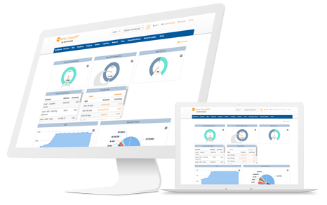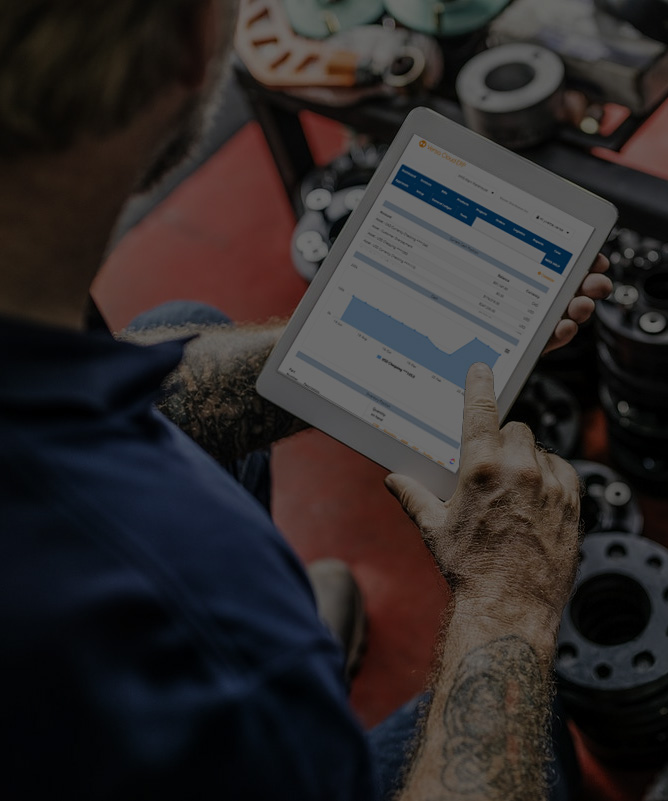How do you define damaged goods?
Damaged goods can be referred to as inventory that is not fit for use and/or cannot be used in its full capacity to build, use for developing or delivering the finished product.
A business in its course will deal with the inventory at various stages as raw material, work in progress, and finished goods.
Most businesses – manufacturing or nonmanufacturing irrespective – will deal with damaged goods. An ERP solution is required to be versatile in handling multiple scenarios and their transactions thereof for receiving damaged goods from suppliers.
Versa Cloud ERP is a versatile solution that lets a business accommodate transactions rising from various return cases of damaged goods.
Damaged goods received from Suppliers
When businesses receive new inventory from their suppliers, there are often cases when some items would be damaged during shipping. As a result, you need to notify the supplier about the damage and receive either replacement products or a credit for future purchases.
In theory, when a damaged good is received the business will notify the supplier of the damage and request a replacement. Post which the supplier will issue a replacement to the business. In parallel, the supplier receives the returned item and issues a credit memo to the accounts payable.
In reality, the return policies may depend on the basis of the supplier norms/agreement with the business.
There are 3 possible scenarios for the return of Damaged goods:
Scenario I:
The business would still need to pay the supplier in full before the credit is issued by the supplier.
Scenario II:
The business will contact the supplier and inform them about the damaged goods. The supplier agrees and issues a new invoice to only include the quantity that is not damaged.
Scenario III:
The last case is that you contact the supplier and are informed they will ship new items to cover the damaged items.
Versa Cloud ERP Solution
Our solution at Versa Cloud ERP is a robust all-in-one platform and will be able to process for each case.
Versa Cloud ERP can navigate through complex workflows and processes. Below are the scenario-wise steps to handle the return process.
Scenario I: Enter the bill for the full amount.
The business creates a new bill against the supplier and then uses the link to the shipment receipt to bring in the quantities that are received. Create a new line and enter the remaining amount for quantities that are damaged.
When you enter this line, choose the account “AP credit to be issued”. When you post the bill, the system will debit the AP Credit to be Issued Account to reflect the fact you are expecting a credit coming from the supplier. After this, the bill amount should match the initial PO total. Pay the bill following the current process.
When the actual credit is issued, you will create a new bill against the same supplier and then enter the credit (as a negative amount) in a new bill item line. Choose the AP Credit to be Issued Account as the account to post to for the line. Make sure the credit amount is entered as a negative amount. When you post the bill, the system will credit AP Credit to be Issued and debit AP.
This negative bill now represents the credit you have with the supplier. You can use this negative bill to offset future bills from this supplier. Just choose to “pay” this negative bill when you are ready to use it to offset another bill. The system will use the negative bill to reduce the amount you are paying. If the supplier decides to issue you a cash refund for the credit, you can also “pay” the negative bill and receive a deposit into the account you used to “pay” the negative bill.
Scenario II: Enter bill without the damaged items.
Follow the same process to create a new bill and link new bill lines to the shipment receipts. The total for the bill would not include the damaged products. Pay the bill following the current process. Change the PO to reduce the quantities on order so that the system will treat the PO as fully received.
Scenario III: Wait for a new replacement and then enter the bill.
Receive the purchase order and only receive quantities that are not damaged. Wait for the new shipment to come and then receive the good quantity into the system. Then enter the bill for the full amount on the PO.
Do Business on the Move!
Make your businesses hassle-free and cut the heavyweights sign up for the Versa Cloud ERP today!!
Join our Versa Community and be Future-ready with us.






